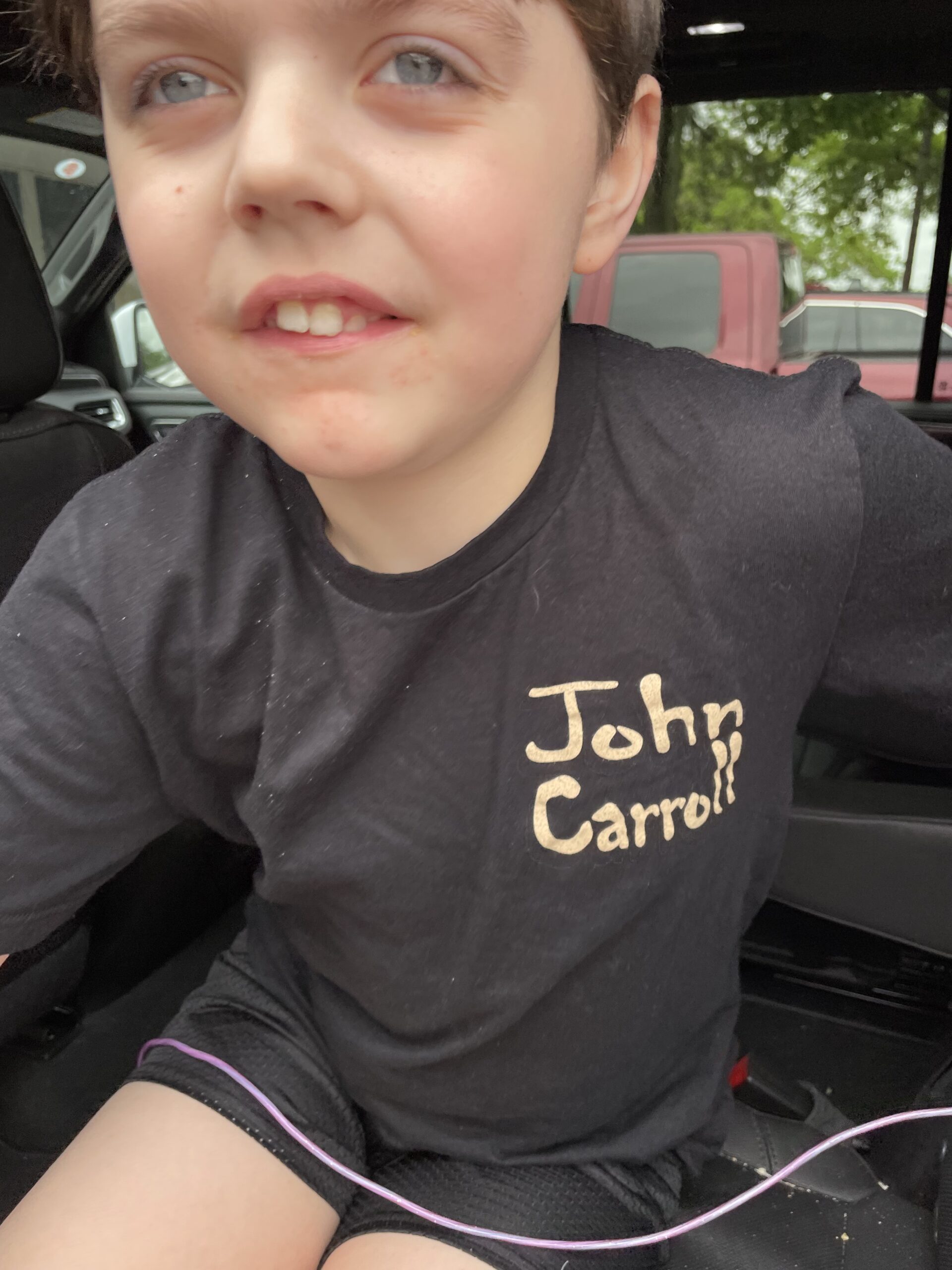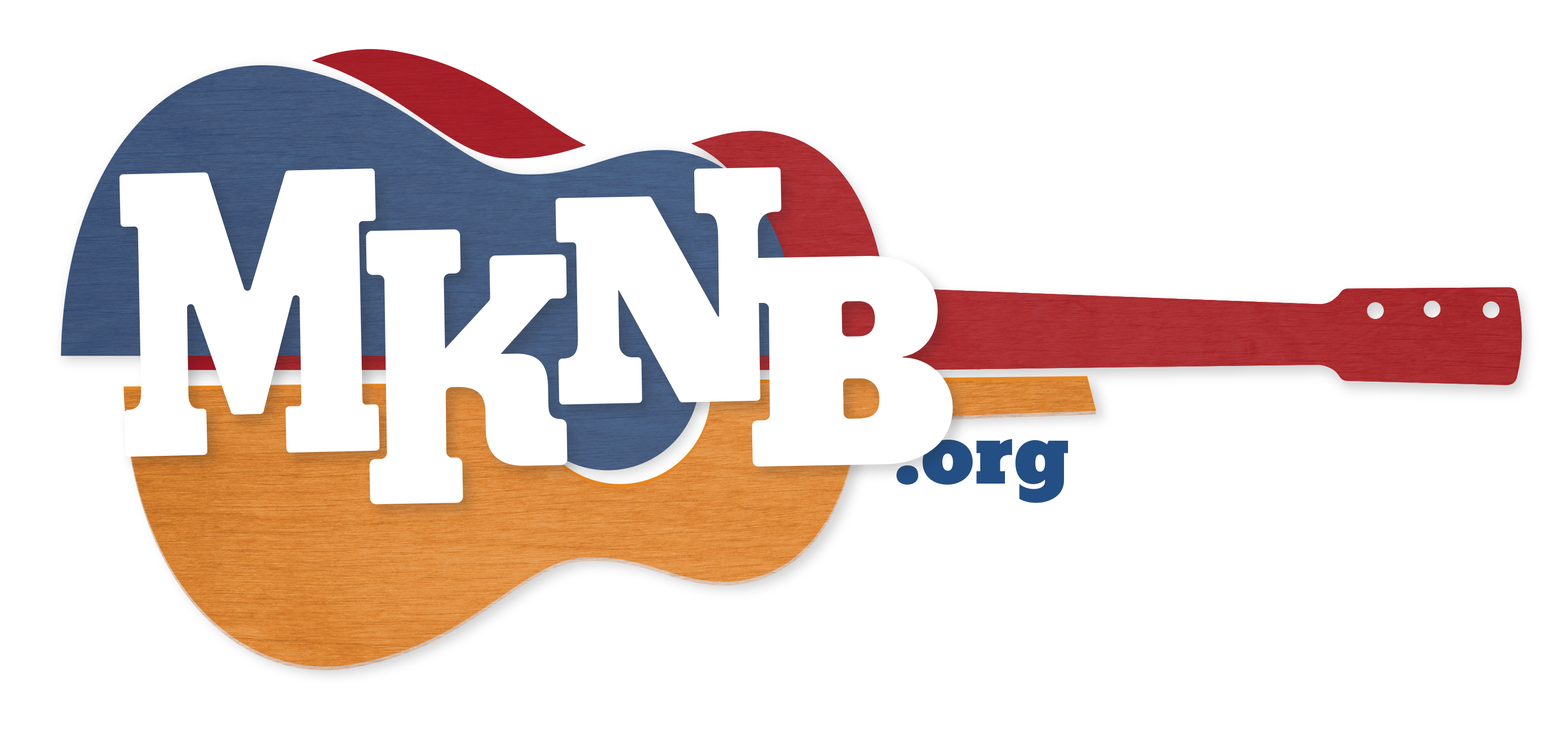About

Hans Christian Anderson
Music Knows No Boundaries
100% of the proceeds from the evening, which includes an auction, benefit the Autism Society of Texas. Autism Society of Texas will in turn issue the grants to autism impacted families in the Greater Houston area. Liz felt the need to find a way to help middle class families who are often overlooked by most organizations distributing grants because they exceed the poverty level thresholds.
While many services and therapies for Autism Spectrum Disorder are covered by medical insurance, parents and caregivers are left with an undue financial burden of caring for their disabled child. Some therapeutic clinics do not accept insurance, some doctors are out of network, deductibles must still be met, co-pays are oftentimes excluded from the deductible, and many expenses are not deemed “medical expenses” by insurance companies. Items that are medically necessary but not covered by insurance include special needs modifications to a home, iPads or other electronic devices to assist with speech, learning, and writing, tuition for private schools specializing in autism, caregiving services, respite care, tutoring services, special needs modifications to a personal vehicle, specialist care for a diagnosis or other medical treatments that do not take medical insurance, multiple therapies, swim lessons, loss of work for parents of those with an autistic family member and more.
Autism Facts at a Glance
- 1 in 30 children have autism
- This is a 300% increase since 2000
- Boys are 4x more likely to be diagnosed with autism than girls
- 40% are nonverbal, 44%+ have an average or above average intelligence.
- On average, autism costs an estimated $60,000 a year, throughout childhood, which increases with the co-occurrence of an intellectual disability. The bulk of the costs are in special services and lost wages related to increased demands on one or both parents.
- On average, medical expenditures for children and adolescents with ASD were 4.1 to 6.2 times greater than for those without autism.
- Children with ASD have medical expenses that are an average of 4.1 to 6.2 times greater than children without ASD.
- Mothers of children with ASD, who tend to serve as the child’s case manager and advocate, are less likely to work outside the home. On average, they work fewer hours per week and earn 56 percent less than mothers of children with no health limitations and 35 percent less than mothers of children with other disabilities or disorders.
- Additionally, families with an autistic child frequently have an income loss of up to $20,000 per year to care for a child with autism.
- Parents of autistic children are more than twice as likely to stop working or transition to part-time work to care for their child.


- The cost of caring for Americans with autism reached $268 billion in 2015 and will rise to at least $461 billion by 2025 in the absence of more-effective interventions and support across the life span.
- Autism affects all ethnic and socioeconomic groups.
- Minority groups tend to be diagnosed later and less often.
- * Early intervention affords the best opportunity to support healthy development and deliver benefits across the lifespan.
- Music therapy helps people with autism to improve skills in areas such as communication, social skills, sensory issues, behavior, cognition, perceptual/motor skills, and self-reliance or self-determination.
- Nearly half of those with autism wander or bolt from safety.
- Drowning remains a leading cause of death for children with autism and accounts for approximately 90 percent of deaths associated with wandering or bolting by those age 14 and younger.
- Of the people with autism who used state-funded vocational training programs in 2014, 60% of the graduates found a job. However, 80% of those individuals only found part-time work paying them an average weekly wage of $160.
- Almost half of 25-year-olds with ASD have never had a paying job.
- The cost of caring for Americans with autism reached $268 billion in 2015 and will rise to at least $461 billion by 2025 in the absence of more-effective interventions and support across the life span.
- Autism affects all ethnic and socioeconomic groups.
- Minority groups tend to be diagnosed later and less often.
- * Early intervention affords the best opportunity to support healthy development and deliver benefits across the lifespan.
- Music therapy helps people with autism to improve skills in areas such as communication, social skills, sensory issues, behavior, cognition, perceptual/motor skills, and self-reliance or self-determination.
- Nearly half of those with autism wander or bolt from safety.
- Drowning remains a leading cause of death for children with autism and accounts for approximately 90 percent of deaths associated with wandering or bolting by those age 14 and younger.
- Of the people with autism who used state-funded vocational training programs in 2014, 60% of the graduates found a job. However, 80% of those individuals only found part-time work paying them an average weekly wage of $160.
- Almost half of 25-year-olds with ASD have never had a paying job.

Autism Facts at a Glance
- 1 in 30 children have autism
- This is a 300% increase since 2000
- Boys are 4x more likely to be diagnosed with autism than girls
- 40% are nonverbal, 44%+ have an average or above average intelligence.
- On average, autism costs an estimated $60,000 a year, throughout childhood, which increases with the co-occurrence of an intellectual disability. The bulk of the costs are in special services and lost wages related to increased demands on one or both parents.
- On average, medical expenditures for children and adolescents with ASD were 4.1 to 6.2 times greater than for those without autism.
- Children with ASD have medical expenses that are an average of 4.1 to 6.2 times greater than children without ASD.
- Mothers of children with ASD, who tend to serve as the child’s case manager and advocate, are less likely to work outside the home. On average, they work fewer hours per week and earn 56 percent less than mothers of children with no health limitations and 35 percent less than mothers of children with other disabilities or disorders.
- Additionally, families with an autistic child frequently have an income loss of up to $20,000 per year to care for a child with autism.
- Parents of autistic children are more than twice as likely to stop working or transition to part-time work to care for their child.


- The cost of caring for Americans with autism reached $268 billion in 2015 and will rise to at least $461 billion by 2025 in the absence of more-effective interventions and support across the life span.
- Autism affects all ethnic and socioeconomic groups.
- Minority groups tend to be diagnosed later and less often.
- * Early intervention affords the best opportunity to support healthy development and deliver benefits across the lifespan.
- Music therapy helps people with autism to improve skills in areas such as communication, social skills, sensory issues, behavior, cognition, perceptual/motor skills, and self-reliance or self-determination.
- Nearly half of those with autism wander or bolt from safety.
- Drowning remains a leading cause of death for children with autism and accounts for approximately 90 percent of deaths associated with wandering or bolting by those age 14 and younger.
- Of the people with autism who used state-funded vocational training programs in 2014, 60% of the graduates found a job. However, 80% of those individuals only found part-time work paying them an average weekly wage of $160.
- Almost half of 25-year-olds with ASD have never had a paying job.
- The cost of caring for Americans with autism reached $268 billion in 2015 and will rise to at least $461 billion by 2025 in the absence of more-effective interventions and support across the life span.
- Autism affects all ethnic and socioeconomic groups.
- Minority groups tend to be diagnosed later and less often.
- * Early intervention affords the best opportunity to support healthy development and deliver benefits across the lifespan.
- Music therapy helps people with autism to improve skills in areas such as communication, social skills, sensory issues, behavior, cognition, perceptual/motor skills, and self-reliance or self-determination.
- Nearly half of those with autism wander or bolt from safety.
- Drowning remains a leading cause of death for children with autism and accounts for approximately 90 percent of deaths associated with wandering or bolting by those age 14 and younger.
- Of the people with autism who used state-funded vocational training programs in 2014, 60% of the graduates found a job. However, 80% of those individuals only found part-time work paying them an average weekly wage of $160.
- Almost half of 25-year-olds with ASD have never had a paying job.














